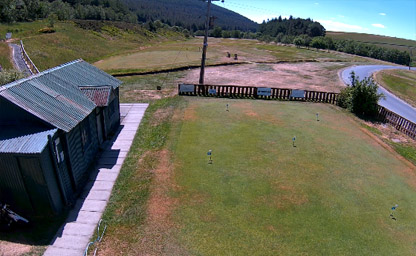
Innerleithen
A civil parish and a small town in the committee area of Tweeddale

A civil parish and a small town in the committee area of Tweeddale
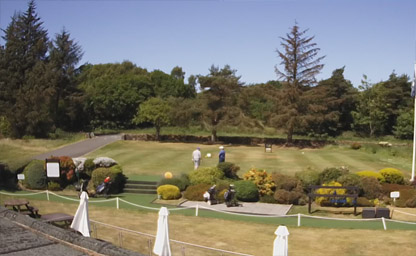
Immediately south-east of the city of Glasgow
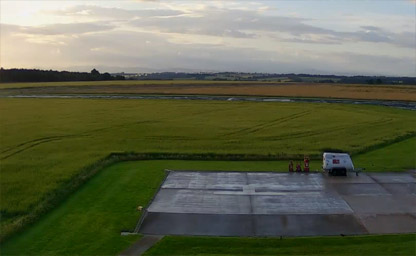
Perth Airport is centrally located in Scotland
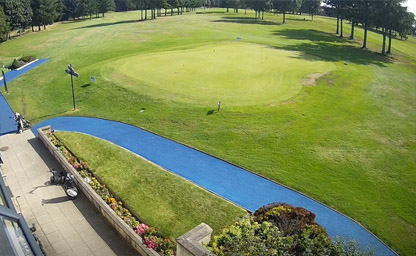
A prosperous Aberdeenshire town, located at the confluence of the rivers Ury and Don
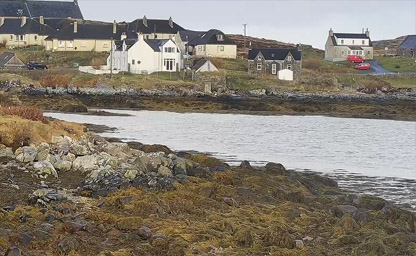
Located on the Western Isles of Scotland
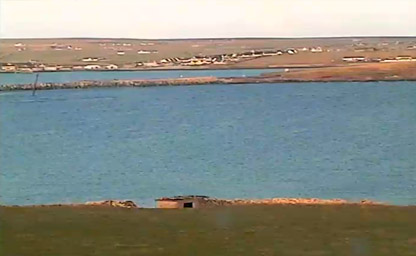
It lies to the east of Scapa Flow
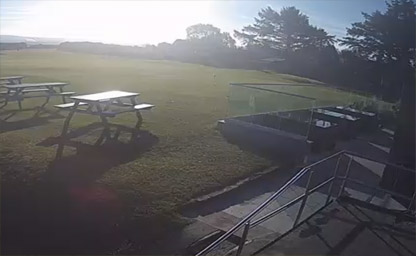
A town and former royal burgh in Highland
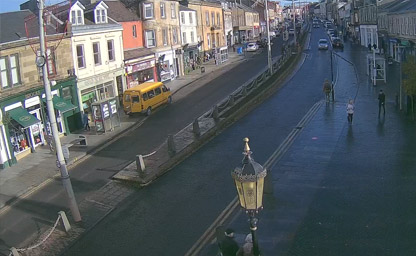
Situated 12 miles to the south-east of Hamilton
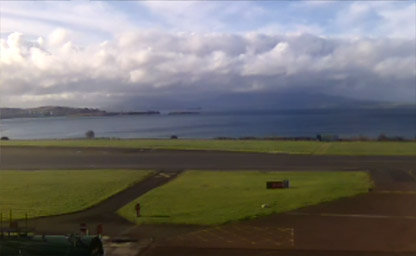
A resort town within the Argyll and Bute council
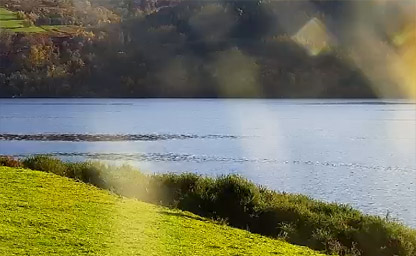
Located at the south-west end of Loch Ness
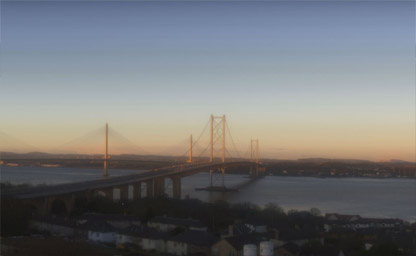
Scotland's famous three bridges spanning three centuries
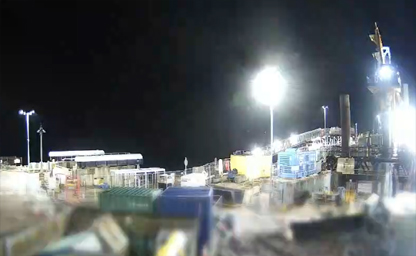
A wholly owned public corporation of the Scottish Government

A wholly owned public corporation of the Scottish Government
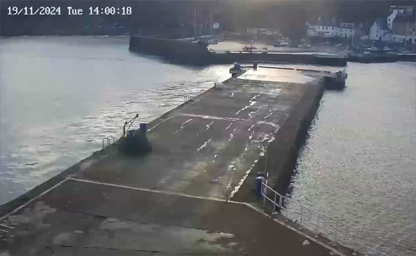
Famous for its Hogmanay fireballs ceremony

As you enjoy this glimpse into daily life on the Isle of Cumbrae
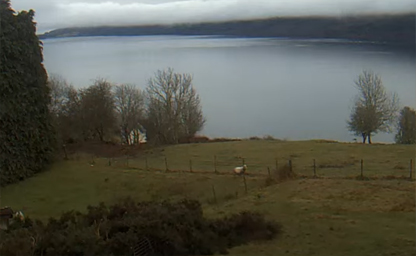
Loch Ness runs between the cities of Fort William in the south and Inverness in the north
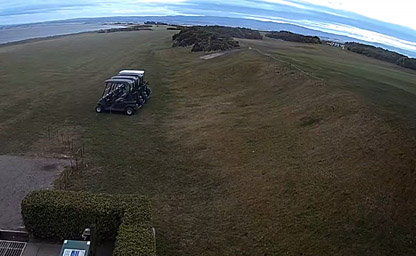
A beautiful town and former royal burgh in Highland
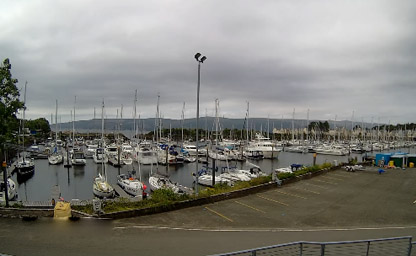
Situated in the west central Lowlands
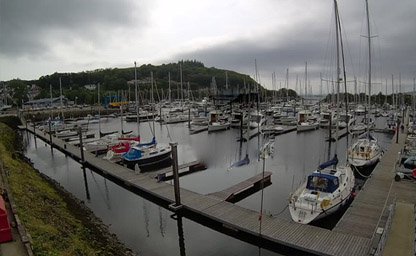
The one of the 32 council areas of Scotland
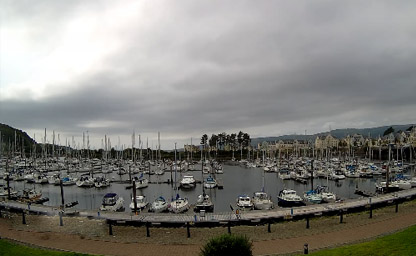
Same name as the historic county of Renfrewshire
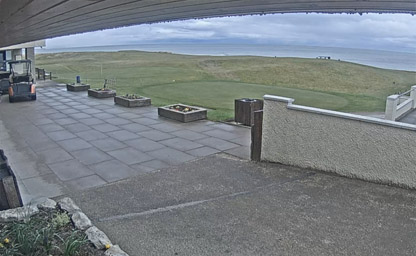
A village in the east of beautiful Sutherland, in the Highland area of Scotland
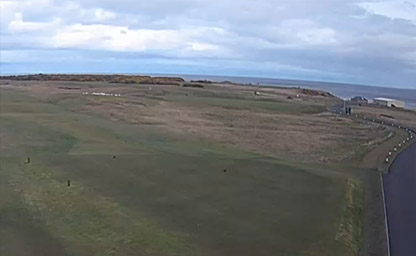
A great base for exploring the Scottish Highlands
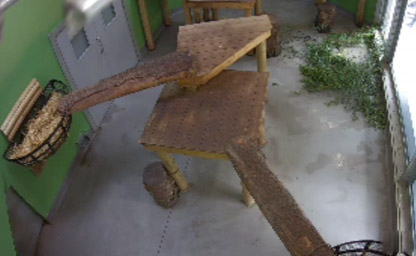
We want you to have a fantastic day out
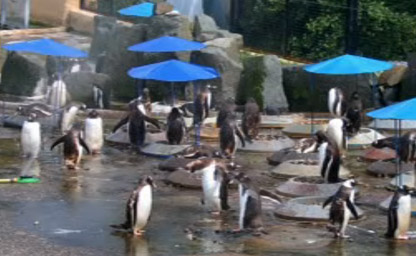
The king penguin is the largest of the penguin species kept
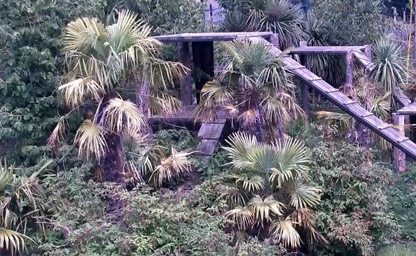
Tigers are one of the most impressive animals at Edinburgh Zoo
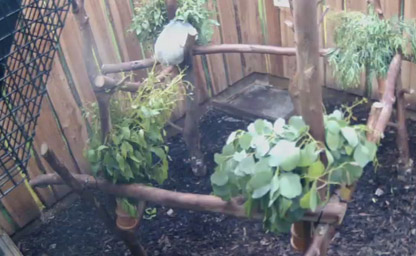
Possibly the laziest animals in the Zoo as they sleep for around 19 hours every day
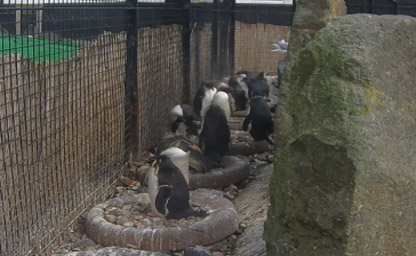
Penguins can hold its breath for up to 8 minutes while diving
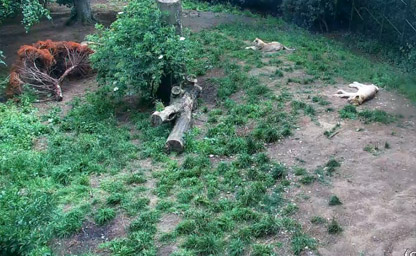
Here in Edinburgh Zoo, we have a small pride of 3 Asiatic lions
Scotland is a land of breathtaking landscapes, rich history, and vibrant culture, and live streaming webcams offer a unique window into its ever-changing beauty. These streams allow viewers from around the globe to experience the rolling Highlands, bustling cities, and serene lochs in real time, making Scotland accessible to all who yearn for a taste of its mystique.
Whether you’re captivated by the dramatic cliffs of the Isle of Skye, the historic streets of Edinburgh, or the peaceful reflections on Loch Ness, live webcams bring these scenes to life. The technology behind these streams captures not only the picturesque vistas but also the subtle shifts in weather and light that characterize Scotland’s dynamic environment. It’s like having a front-row seat to the natural theater that unfolds every day across the country.
For travelers planning their next adventure or for locals who take pride in their heritage, these webcams serve as both a practical tool and a source of inspiration. They provide up-to-date views of events, from cultural festivals and public celebrations to the quiet moments of a foggy morning in the Scottish countryside. In addition, educators and researchers find these live feeds invaluable for studying the natural environment and understanding the impact of seasonal changes on this rugged landscape.
Furthermore, the interactive nature of these webcams fosters a sense of community among viewers. Online forums and social media platforms buzz with live updates and shared experiences, creating a virtual meeting ground for enthusiasts of Scotland’s natural beauty. Whether it’s sharing the awe of a sudden rainbow over Glencoe or marveling at the twilight hues over Edinburgh Castle, the webcams are more than just a visual treat—they are a celebration of Scotland itself.
In a world where digital experiences increasingly complement physical travel, live streaming webcams stand out as a remarkable innovation that connects people with Scotland’s soul. They remind us that even from afar, we can witness and appreciate the timeless allure of a country steeped in legends and natural wonders.
Scotland’s history is a captivating tapestry woven with epic battles, legendary figures, and cultural revolutions that continue to enchant travelers from around the world. Tracing its roots back to ancient Celtic tribes, Scotland evolved through dramatic shifts in power, notable medieval conflicts, and groundbreaking cultural renaissances. From the enigmatic Picts to the mighty Scots, the land is steeped in a heritage of valor and tradition. Keywords like “Scottish history,” “ancient clans,” and “historic castles” frequently capture the imagination of those searching for a journey into the past.
Early settlements in Scotland date back thousands of years, with archaeological finds revealing remnants of Neolithic life, mysterious standing stones, and ancient burial sites. The arrival of Celtic tribes brought forth a unique cultural identity that was characterized by intricate art, oral storytelling traditions, and a deep connection to the natural world. As the Romans pushed northward, they encountered resilient local tribes, leading to clashes that would become the stuff of legend. Although the Roman influence was relatively brief compared to the enduring native traditions, it left an indelible mark on Scottish infrastructure and military organization.
Medieval Scotland witnessed a fervent struggle for independence, with figures such as William Wallace and Robert the Bruce emerging as national heroes. Their defiant resistance against overwhelming odds, epitomized in the battles of Stirling Bridge and Bannockburn, not only secured independence but also set the stage for the development of a distinct Scottish identity. This period is rich with dramatic tales of loyalty, betrayal, and the enduring spirit of the Scottish people—a narrative that resonates with anyone interested in “Scottish independence” and “medieval Scotland” topics.
The turbulent centuries that followed saw Scotland’s history interwoven with the influences of England, France, and even Spain. Dynastic marriages and political alliances shaped the nation’s destiny, while cultural milestones such as the Scottish Enlightenment propelled Scotland to the forefront of intellectual innovation in Europe. Thinkers like David Hume and Adam Smith redefined philosophy and economics, laying foundations that would influence modern society. These eras are a magnet for history enthusiasts and “cultural tourism” seekers looking to explore the intellectual and artistic achievements of Scotland.
The evolution of Scottish society can also be traced through the dramatic changes brought about by the Industrial Revolution. Rural communities, once isolated in the rugged Highlands, began to transform as factories, railroads, and urban centers emerged. Cities like Edinburgh and Glasgow became vibrant hubs of commerce, education, and arts, each carrying the echoes of centuries-old traditions amidst modern developments. The interplay between the ancient and the modern continues to draw visitors, particularly those searching for “historic landmarks” and “Scottish heritage tours.”
Religious influences, too, played a significant role in shaping Scotland’s destiny. The Protestant Reformation led to a profound transformation in Scottish society, with figures like John Knox spearheading changes that altered the religious landscape permanently. This reformation not only redefined spiritual life but also spurred social reforms, education improvements, and a reimagining of governance—elements that have contributed to the rich mosaic of modern Scottish culture.
The legacy of Scotland’s history is vividly evident in its storied castles, ancient ruins, and well-preserved battlefields. Each fortress and monument tells a story of valor, intrigue, and the relentless pursuit of freedom. For visitors keen on exploring “Scotland tourism” and “historic sites,” these remnants offer a tangible connection to a bygone era, inviting them to step into the pages of history and experience the spirit of the past first-hand.
Scotland’s climate is as diverse and dynamic as its history, presenting a mosaic of weather patterns that vary widely from region to region. The ever-changing “Scottish weather” is one of the most frequently searched topics among travelers, as it influences everything from the timing of outdoor adventures to the experience of exploring historic sites. With its famously unpredictable conditions, Scotland offers a unique interplay between sunshine, rain, and wind that shapes the landscape and the local lifestyle.
The maritime climate, heavily influenced by the Gulf Stream, ensures that Scotland experiences relatively mild winters and cool summers, even in the northernmost reaches of the country. This characteristic climate has allowed Scotland’s natural beauty to flourish, from the rolling green hills to the dramatic, rugged coastlines. Visitors planning a “Scotland travel” itinerary should be prepared for sudden weather shifts—carrying a waterproof jacket and layered clothing is a must when venturing into the highlands or exploring outdoor historical sites.
Frequent rainfall is a defining feature of the Scottish climate, lending a lush, verdant quality to the countryside. While the persistent drizzle might deter some, it is precisely this moisture that nourishes the vibrant landscapes, making Scotland a paradise for nature enthusiasts and photographers alike. Keywords such as “Scottish nature,” “rainy days in Scotland,” and “scenic landscapes” are common among those researching travel tips and climate details for their trips.
In the summer months, the long daylight hours create a magical atmosphere, with the midnight sun casting an ethereal glow over the highlands and lochs. This season is ideal for outdoor festivals, hiking, and exploring historic sites, as the relatively dry conditions offer a respite from the typical overcast days. On the other hand, winter transforms Scotland into a serene wonderland, with frosty mornings and occasional snowfall that enhance the mystique of ancient castles and rugged terrain. Whether one is seeking a lively “Scottish summer” or a peaceful winter retreat, the climate plays a central role in the travel experience.
Microclimates abound in Scotland, with coastal regions experiencing different weather patterns compared to the inland areas and highlands. For instance, the west coast tends to be wetter and windier, while the eastern regions are somewhat drier and more temperate. This variability has led to a rich diversity of flora and fauna, further enhancing the appeal for eco-tourism and nature-based travel. The interplay of climatic factors not only influences local agriculture and outdoor pursuits but also adds an element of excitement and unpredictability to every journey across Scotland.
Travelers often search for information on “Scottish weather forecasts” and “best time to visit Scotland” to optimize their trip plans. The climate, with its dramatic seasonal changes, dictates the rhythm of local festivals, agricultural cycles, and even the preservation of historic sites. The interplay between the elements and human endeavor is palpable in every corner of Scotland, making the climate a key aspect of its identity and an integral part of its appeal as a travel destination.
The geography of Scotland is a wonder in itself, offering an array of breathtaking landscapes that have inspired legends, literature, and lifelong adventures. From the towering peaks of the Scottish Highlands to the serene beauty of its countless lochs, the physical features of the land have shaped its history and continue to attract visitors from around the globe. Terms like “Scottish geography,” “Scotland travel guide,” and “landscape photography Scotland” are among the most searched keywords for those planning an expedition into this enchanting country.
Scotland is divided into several distinct regions, each with its own unique character and natural allure. The Highlands, with their rugged terrain, deep glens, and dramatic mountain ranges, offer a sense of solitude and raw beauty. This area is synonymous with adventure travel, hiking, and even wildlife safaris, where visitors can encounter red deer, golden eagles, and the elusive Scottish wildcat. The wild, untamed nature of the Highlands provides a perfect backdrop for stories of ancient battles and legendary clans.
Moving towards the lowlands, the landscape becomes more pastoral and accessible, with gentle rolling hills, sprawling farmlands, and historic estates that tell tales of feudal lords and royal residences. Cities like Edinburgh and Glasgow, nestled within these regions, balance the vibrancy of urban life with the charm of centuries-old architecture and green spaces. This blend of natural beauty and cultural heritage makes Scotland a sought-after destination for “Scotland tourism” and “historic city tours.”
Scotland’s coastline is another highlight of its diverse geography. Stretching along the North Sea and the Atlantic Ocean, the shores are dotted with picturesque fishing villages, dramatic cliffs, and secluded coves. The islands, including the Hebrides, Orkney, and Shetland, offer unique experiences with their own distinct cultures and histories. Each island possesses a rugged charm, inviting visitors to explore hidden beaches, ancient stone circles, and lighthouses that have guided seafarers for centuries. This maritime character is a favorite subject for those researching “Scottish islands” and “coastal travel Scotland.”
The lochs of Scotland, perhaps best exemplified by the world-renowned Loch Ness, are steeped in mystery and folklore. Beyond the myths of elusive creatures, these bodies of water are integral to the country’s ecosystem and provide stunning settings for outdoor recreation. Boating, fishing, and even kayaking in the tranquil lochs offer a unique perspective on Scotland’s natural beauty. The interplay between water and land creates a dynamic landscape that evolves with the seasons, making it an enduring subject for landscape photographers and nature enthusiasts.
Glacial activity has also left an indelible mark on Scotland’s geography, carving out deep valleys and forming rugged mountain ranges that define the region. The presence of ancient glaciers has not only sculpted the terrain but has also influenced the soil composition and biodiversity of the region. The resulting terrain is a playground for outdoor sports such as rock climbing, mountain biking, and winter skiing, drawing adventure seekers from across the globe. For those searching for “outdoor adventure Scotland,” the country's geography offers limitless opportunities for exploration and thrill.
The diverse geography of Scotland is further enriched by its geological history. The formation of ancient rock formations and mineral deposits has contributed to the country’s mining heritage, which in turn influenced its industrial development in the 18th and 19th centuries. Today, these geological treasures are celebrated in museums and heritage sites, offering insights into the natural processes that have shaped the land over millions of years. Visitors fascinated by “geological tours Scotland” or “mineral heritage” can find ample material to satisfy their curiosity.
Steeped in natural beauty and raw energy, Scotland’s geography offers more than just scenic vistas; it provides a context for the country’s cultural evolution. The land itself has been a silent witness to centuries of human endeavor, from ancient tribal rituals to modern conservation efforts. The harmonious blend of mountains, lochs, and coastlines not only defines the physical landscape but also serves as a living canvas for the stories of those who have called Scotland home for generations.
Throughout the country, the convergence of natural forces has fostered unique ecosystems that continue to thrive in modern times. National parks and nature reserves are testament to Scotland’s commitment to preserving its rich natural heritage. These protected areas offer a refuge for diverse species of flora and fauna, ensuring that the legacy of Scotland’s pristine environments will be passed on to future generations. Travelers interested in “eco-tourism Scotland” will find that every corner of the country presents an opportunity to connect with nature in its most authentic form.
Delving into the interplay of history, climate, and geography in Scotland provides a multi-layered perspective that enriches any visit. Each element is intricately linked, with the land’s storied past reflected in its majestic landscapes and ever-changing weather patterns. The seamless integration of these components is what makes Scotland a timeless destination for cultural explorers, history buffs, and adventure travelers alike.
For those planning to immerse themselves in the wonders of Scotland, consider exploring off-the-beaten-path locales such as the remote villages of the Highlands or the hidden coves along the rugged coastline. These lesser-known gems often hold secrets of the past, waiting to be discovered by the intrepid traveler.
New Tip: When planning your journey through Scotland, schedule some time to visit both popular landmarks and remote countryside spots. This will give you a balanced experience of the bustling cultural hubs and the tranquil, awe-inspiring natural settings that define this extraordinary land.
Interesting Fact: Did you know that the intricate patterns of Scotland’s glacial valleys and lochs were formed over 10,000 years ago during the last Ice Age? These natural masterpieces not only shape the landscape but also hold the key to understanding Scotland’s geological past.